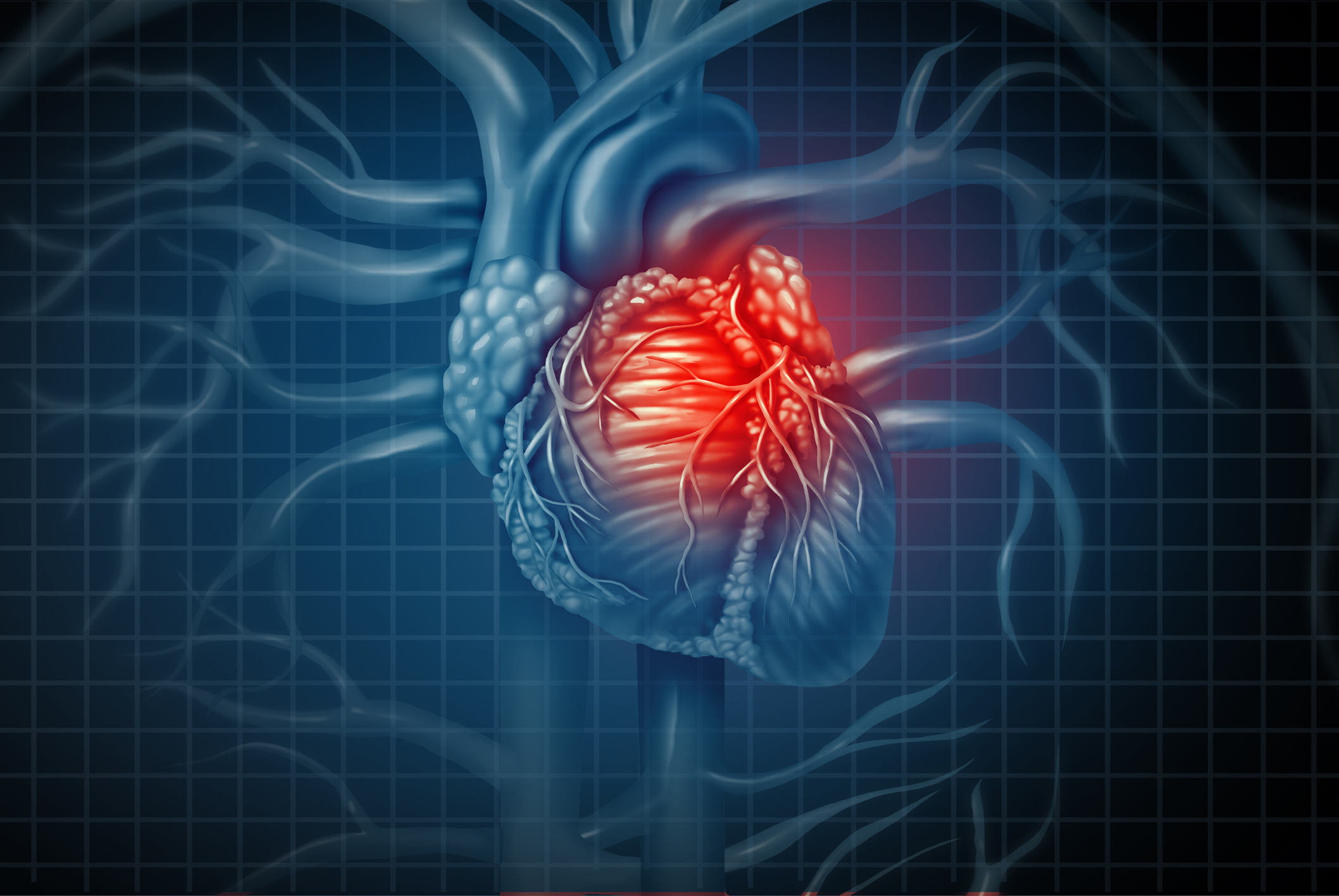
The aorta is the largest artery in the body, which carries blood from the heart and extends down through the abdomen. The aortic valve is present between the aorta and the lower chamber of the heart on the left side. It opens up to allow blood flow out of the heart and then closes to prevent backward flow of the blood into the heart.
Aortic valve diseases include aortic valve regurgitation (aortic valve does not close properly, resulting in back flow of blood into the heart) and aortic stenosis (narrowing of the aortic valve, which results in restriction of blood flow). The aortic valve defect may be present at birth or can be acquired at a later stage in life. Acquired aortic valve diseases occur because of structural changes in the valve which can be caused by rheumatic fever, infectious endocarditis, and aortic valve degeneration. Other causes include hypertension, tumors, radiation exposure, heart attack and connective tissue disorders.
The early symptoms of aortic valve diseases include fatigue, swelling of ankles, palpitation (irregular heartbeat), fainting, weakness, chest pain, and shortness of breath. Aortic surgery is done to repair the enlarged aorta (aortic aneurysm), the aortic valve, the holes in aortic valves and to replace the aortic valves.
Mon – Fri
08.00 AM – 8.00 PM
Sat – Sun
09.00 AM -5.00 PM